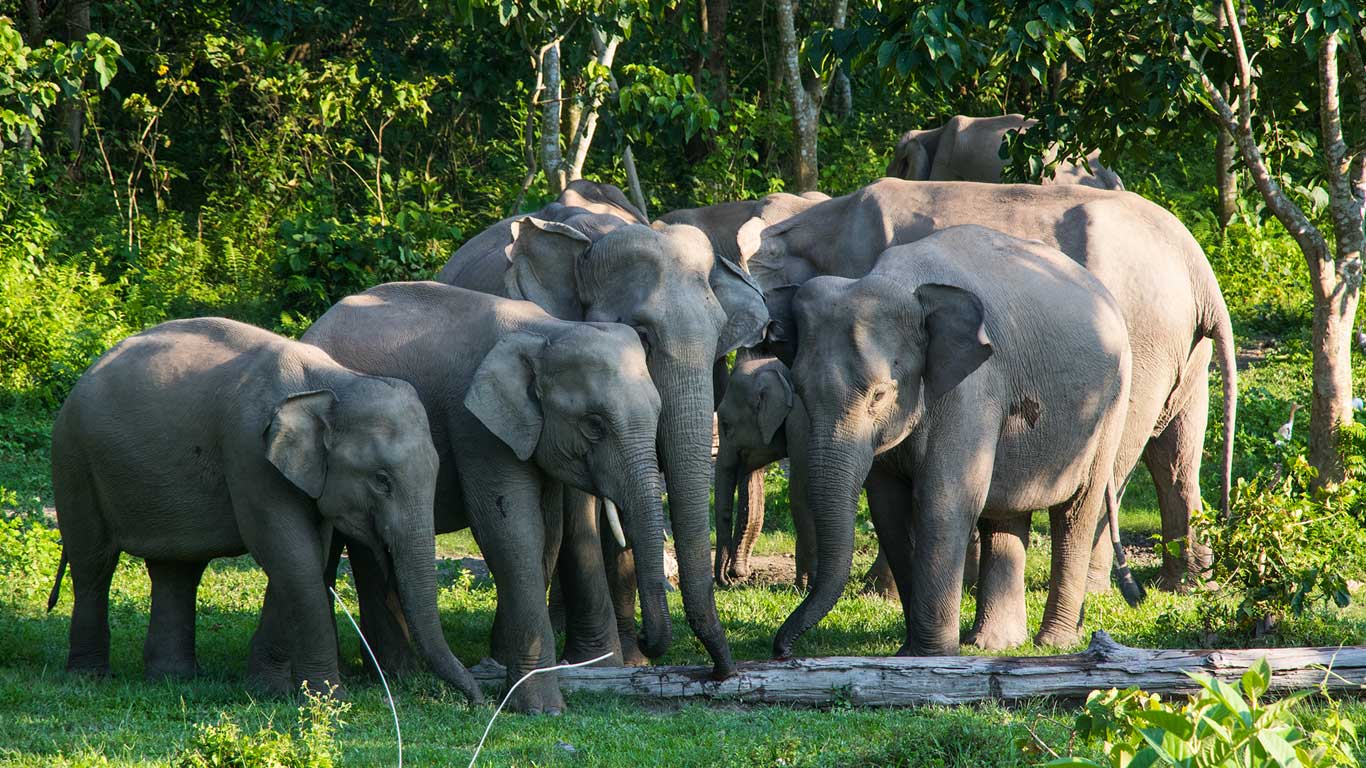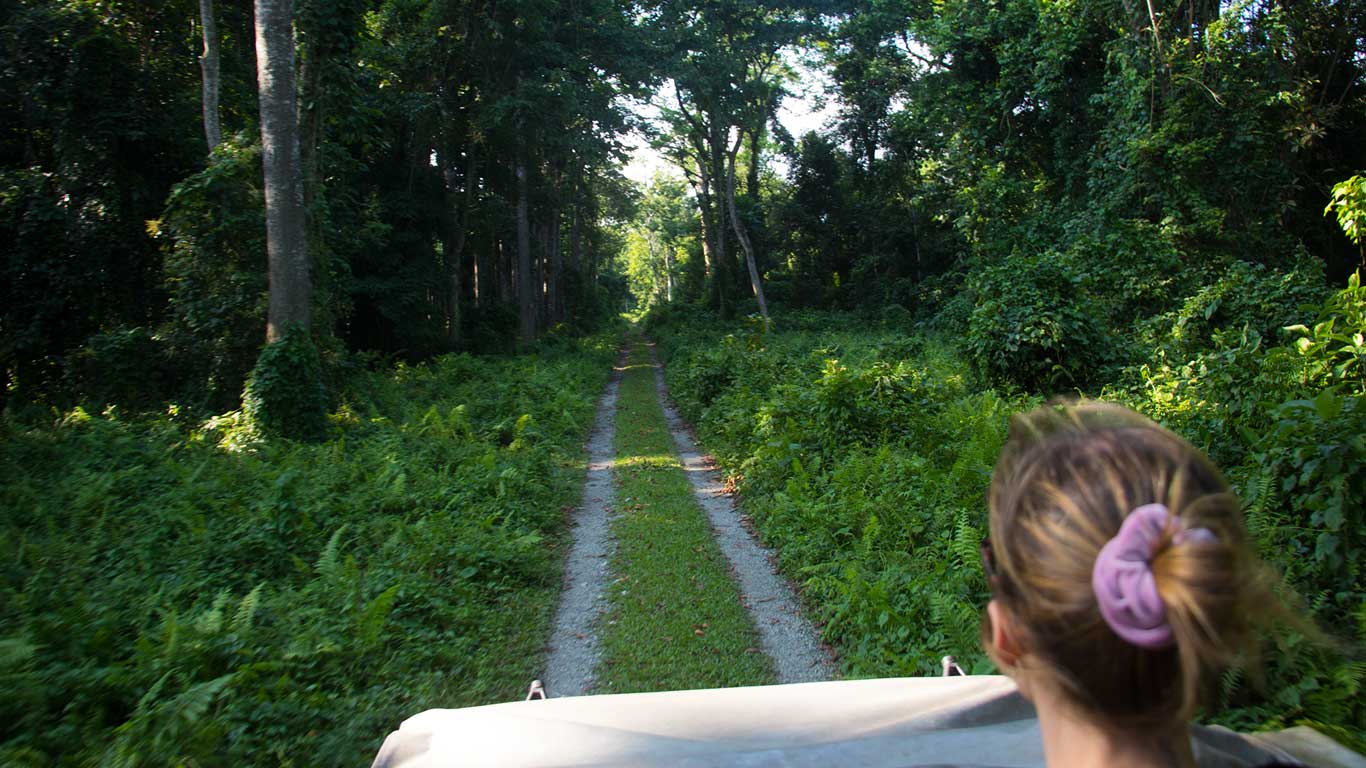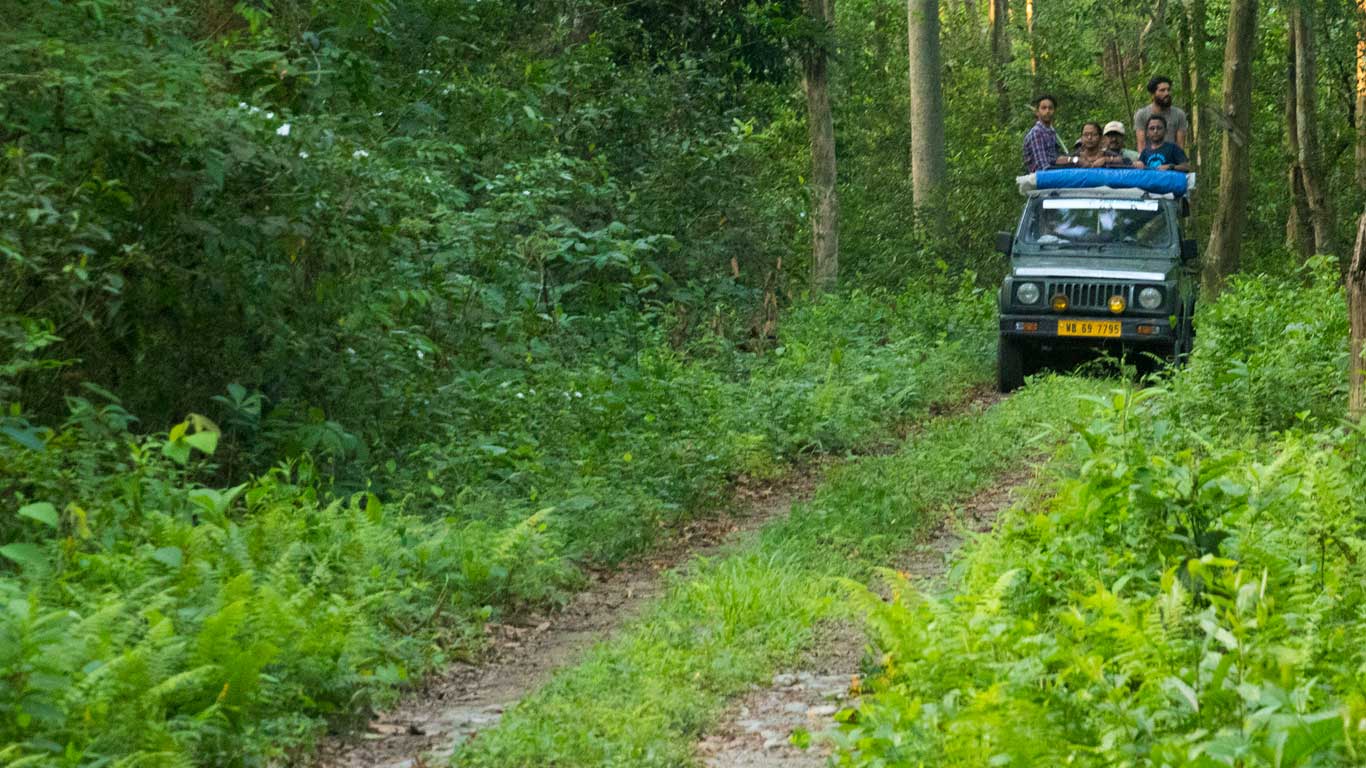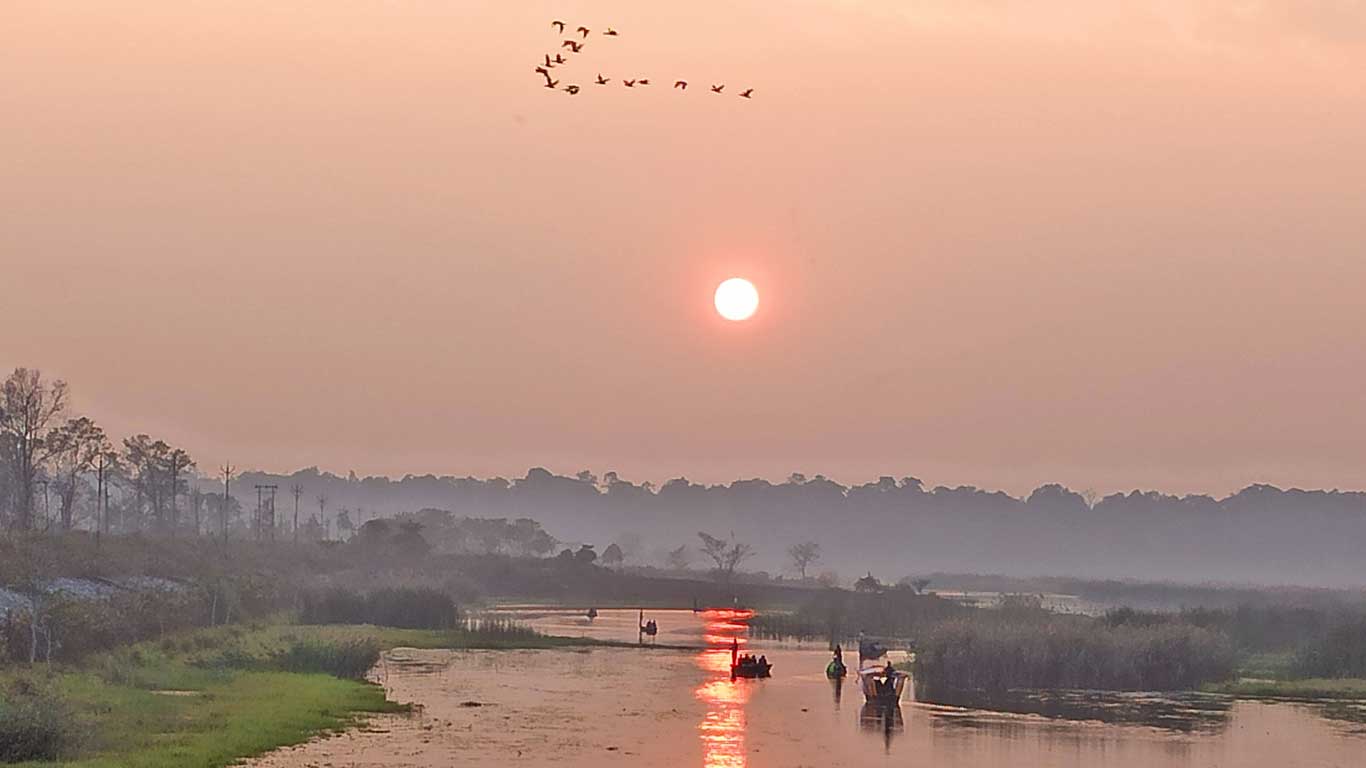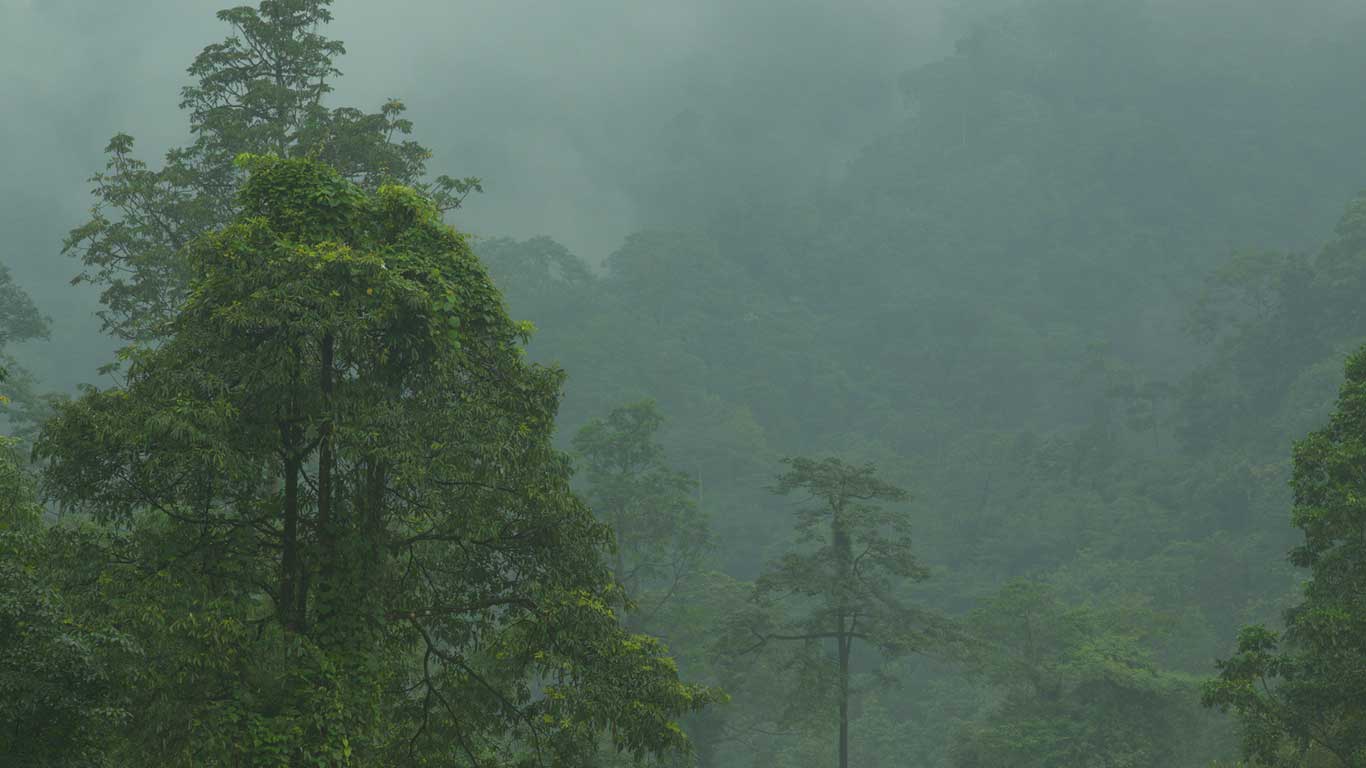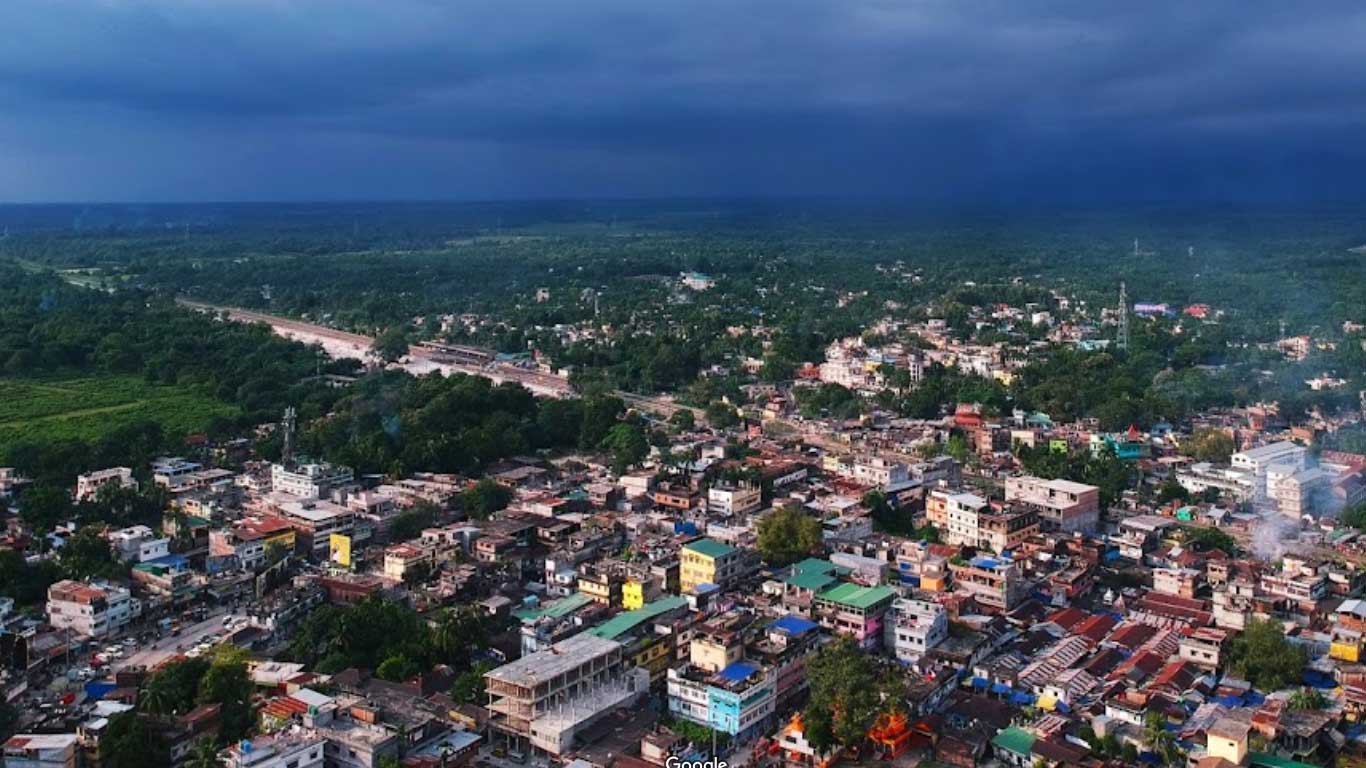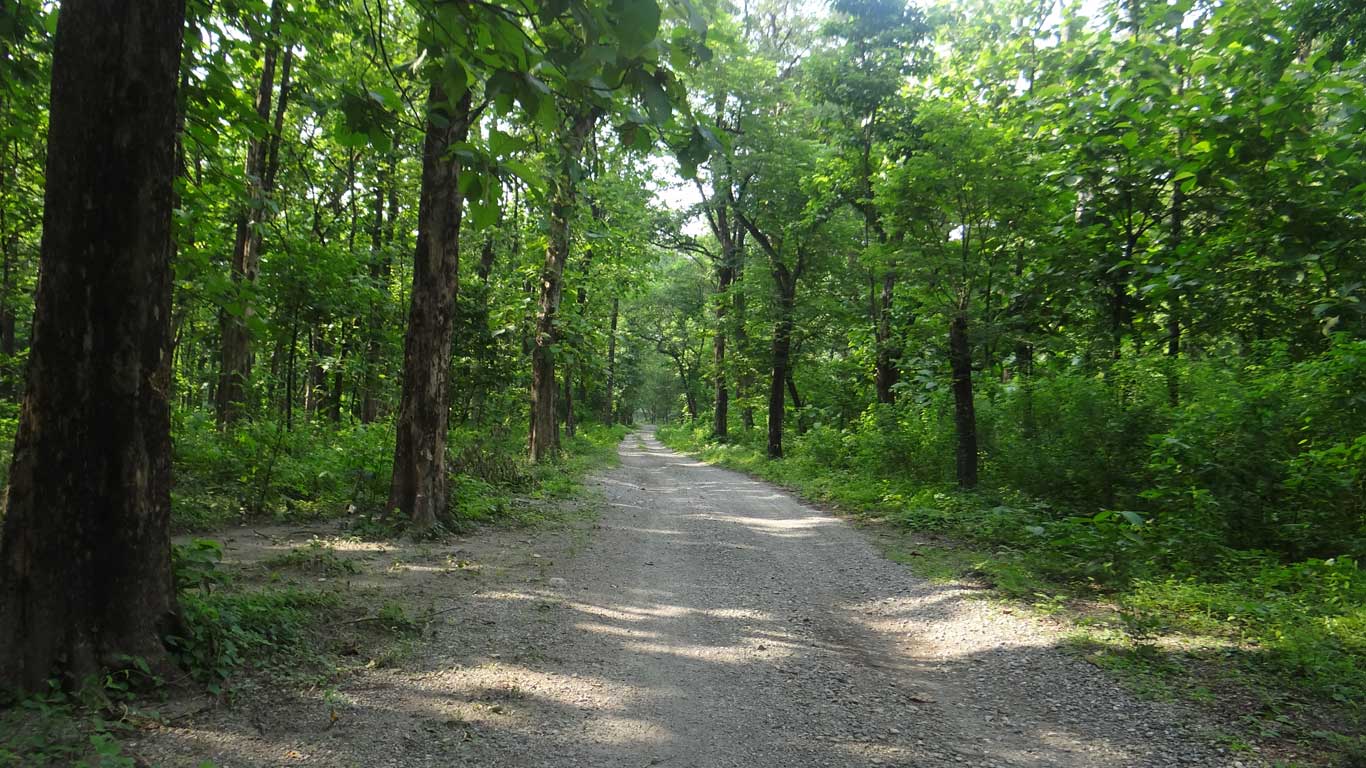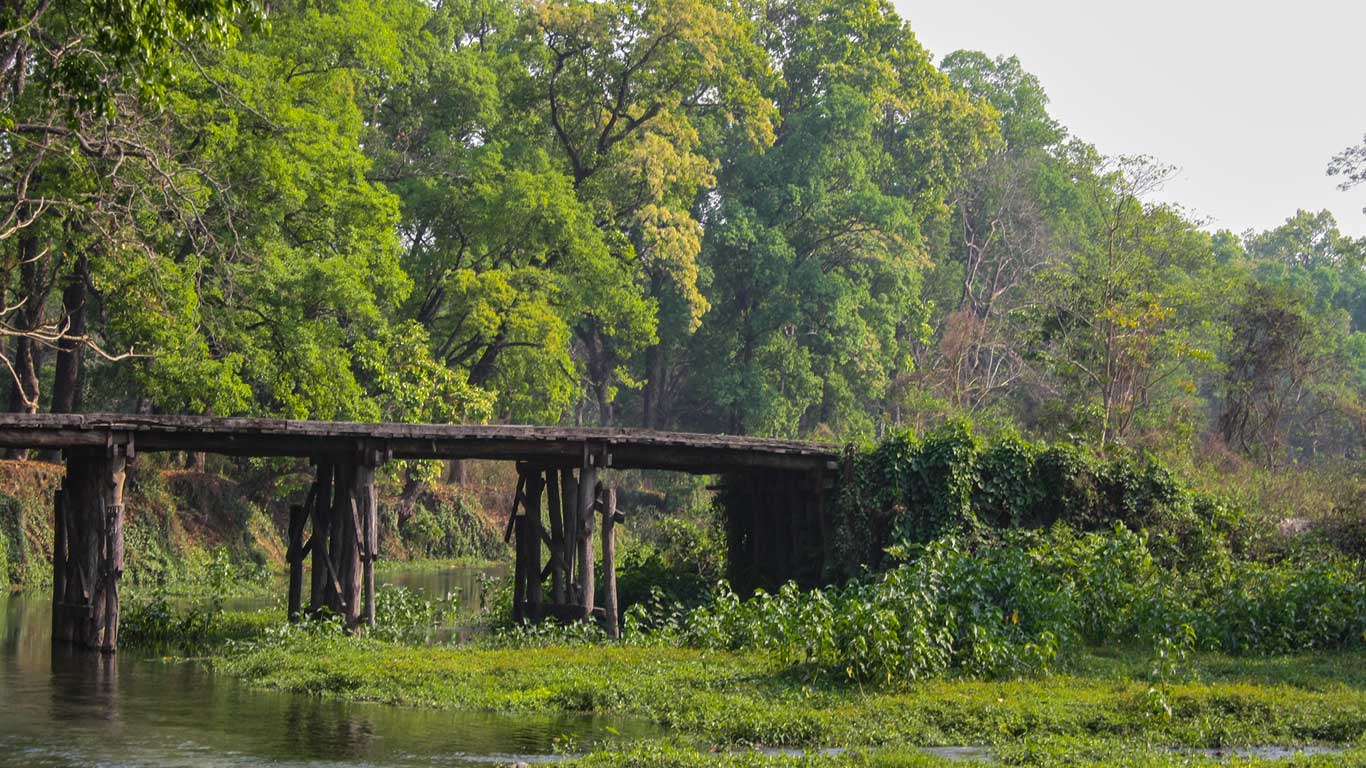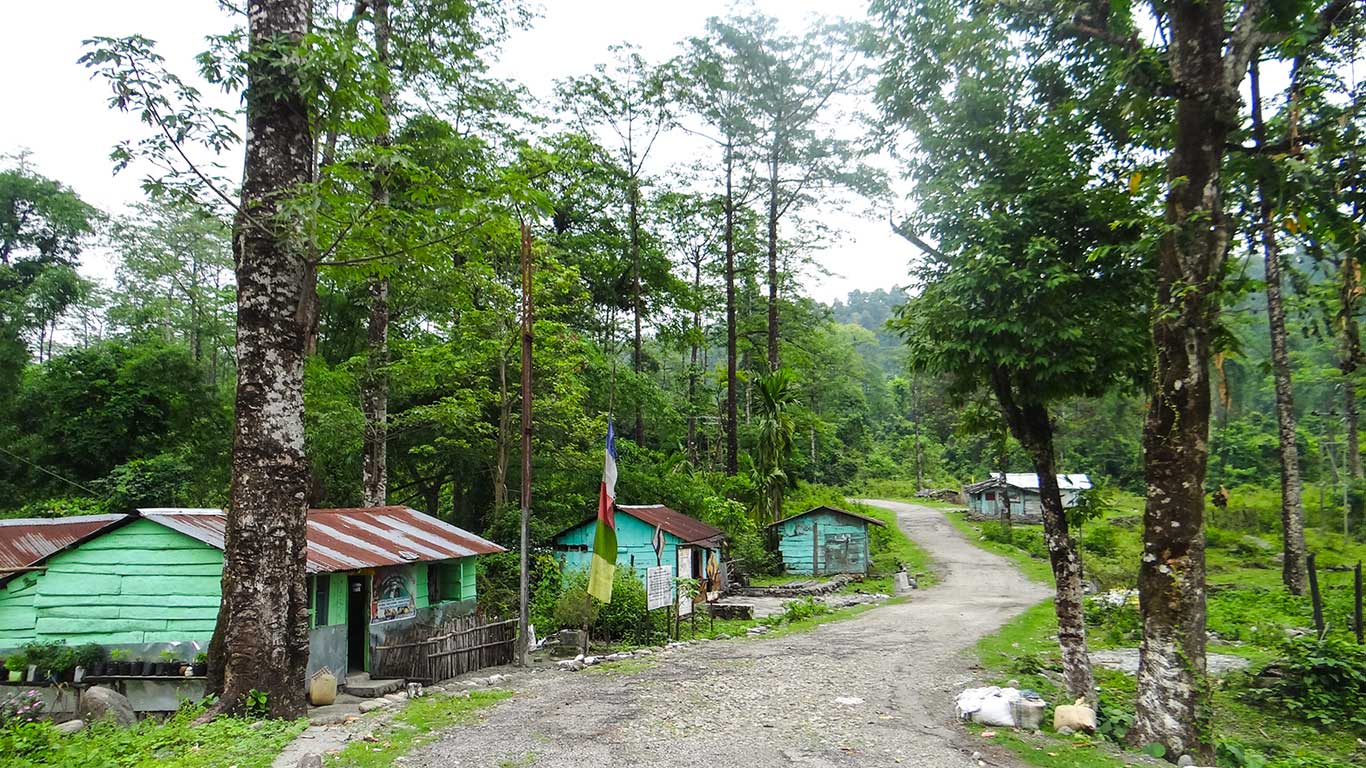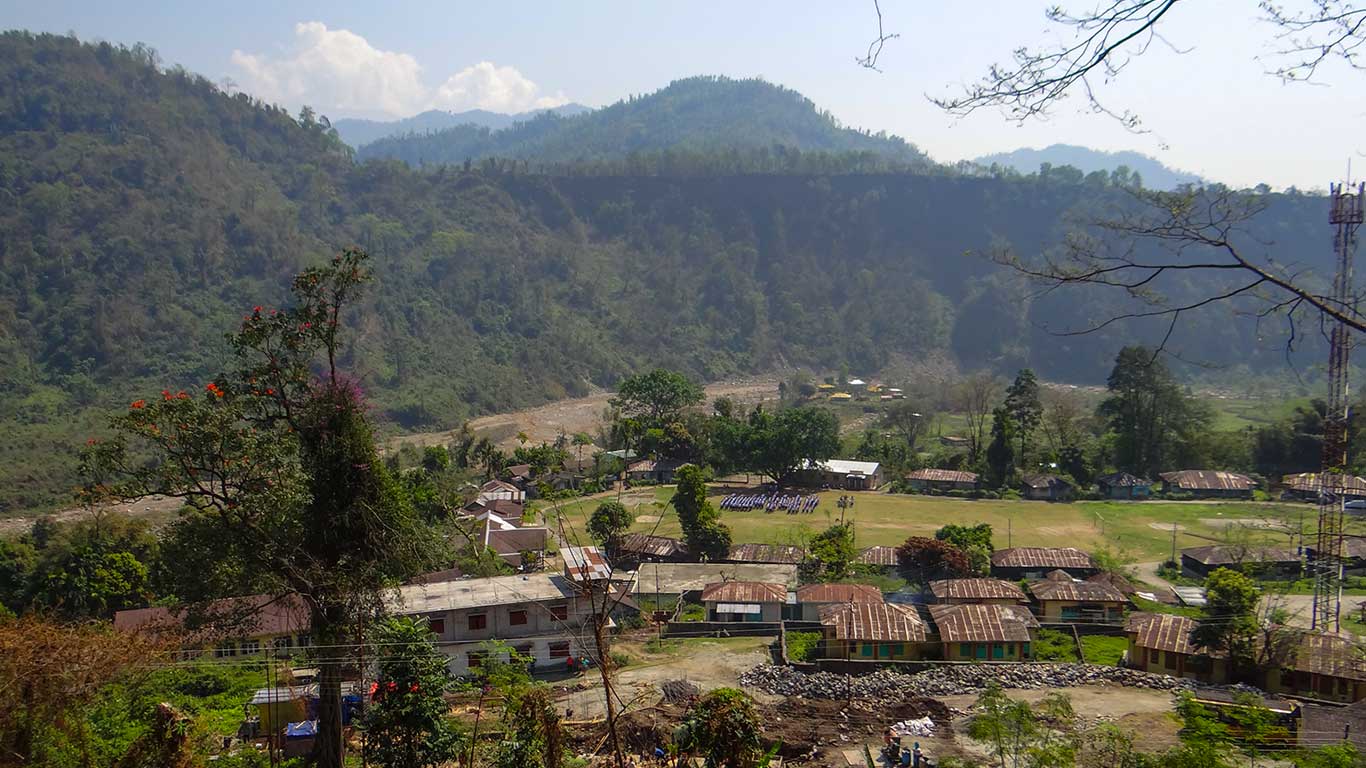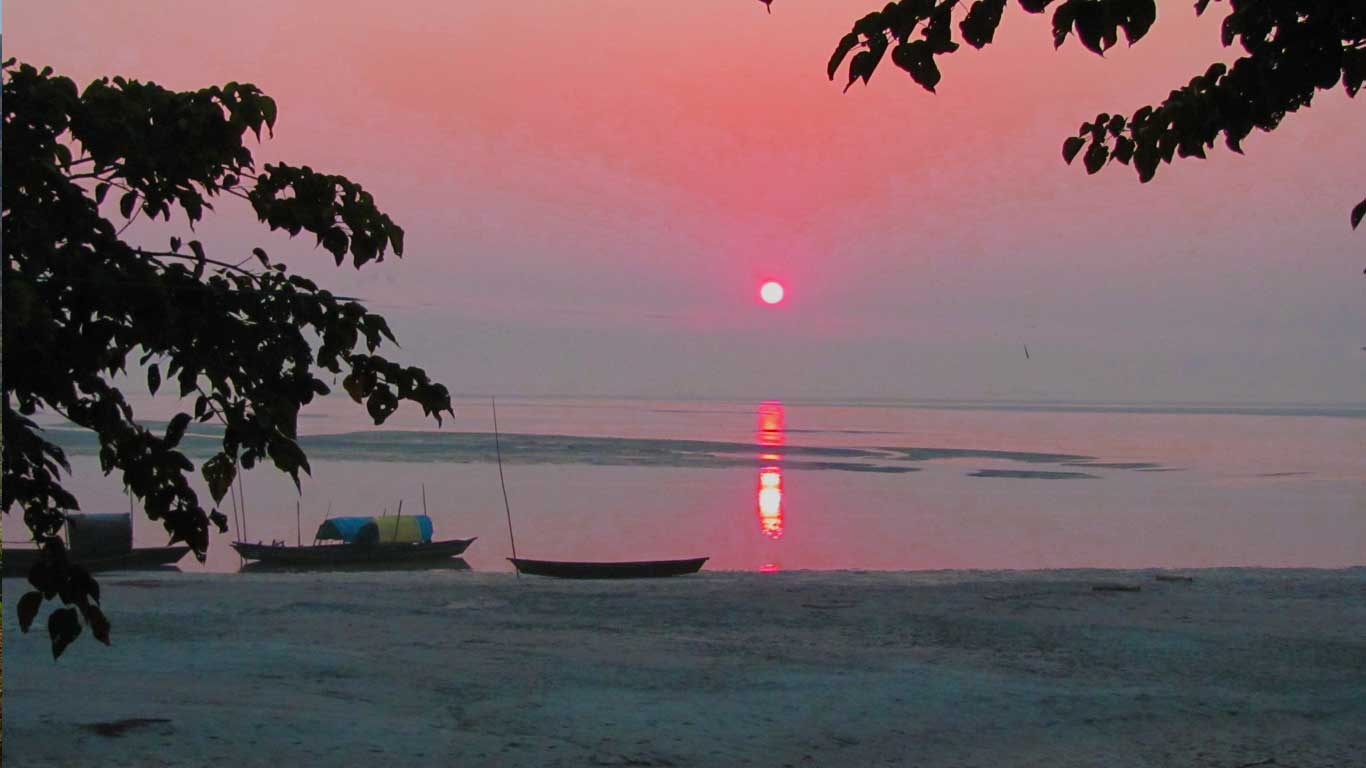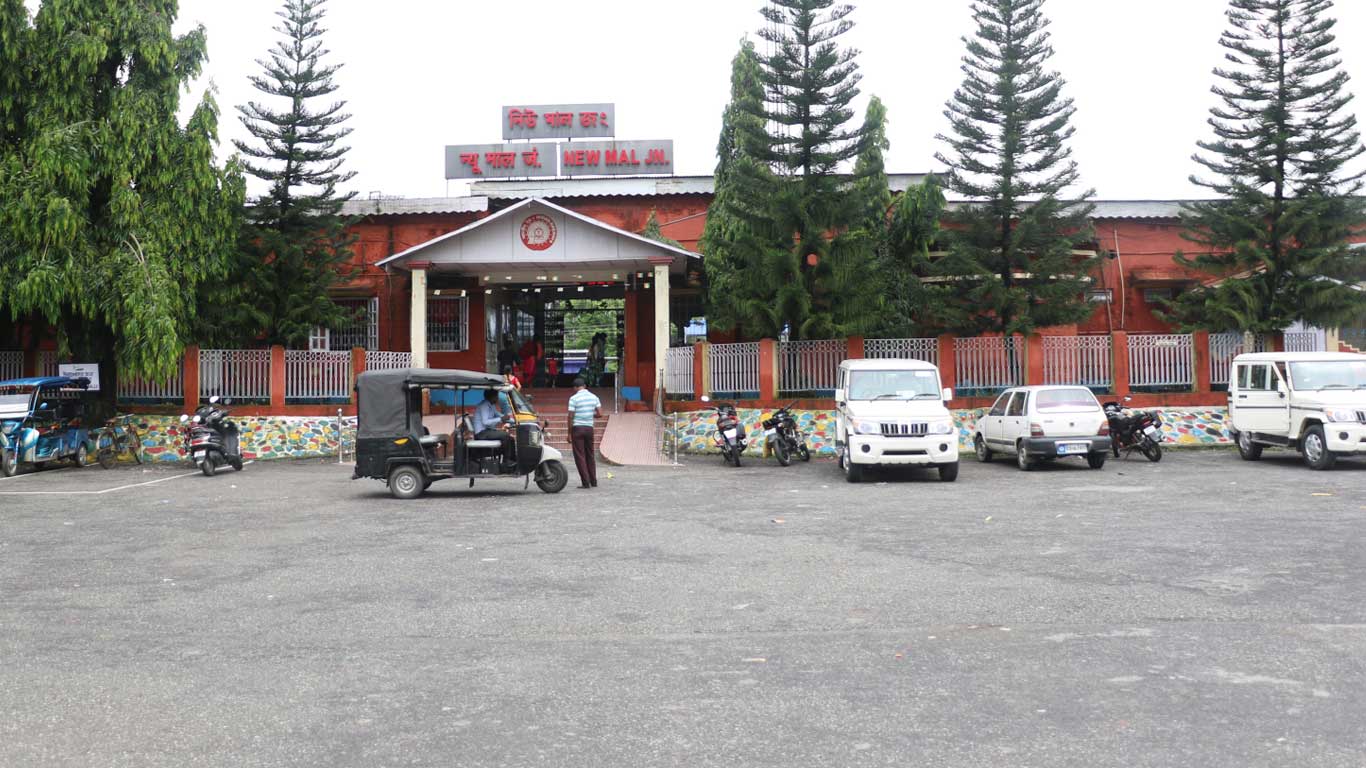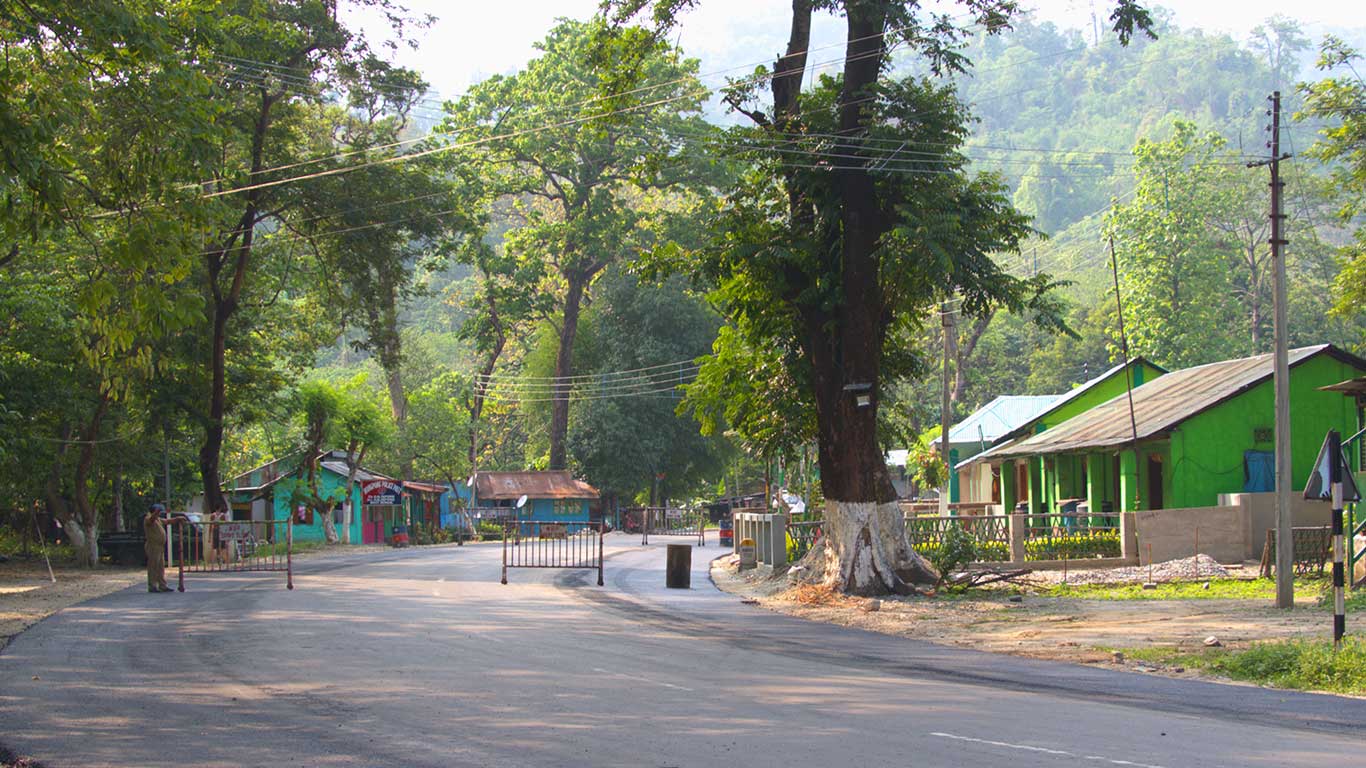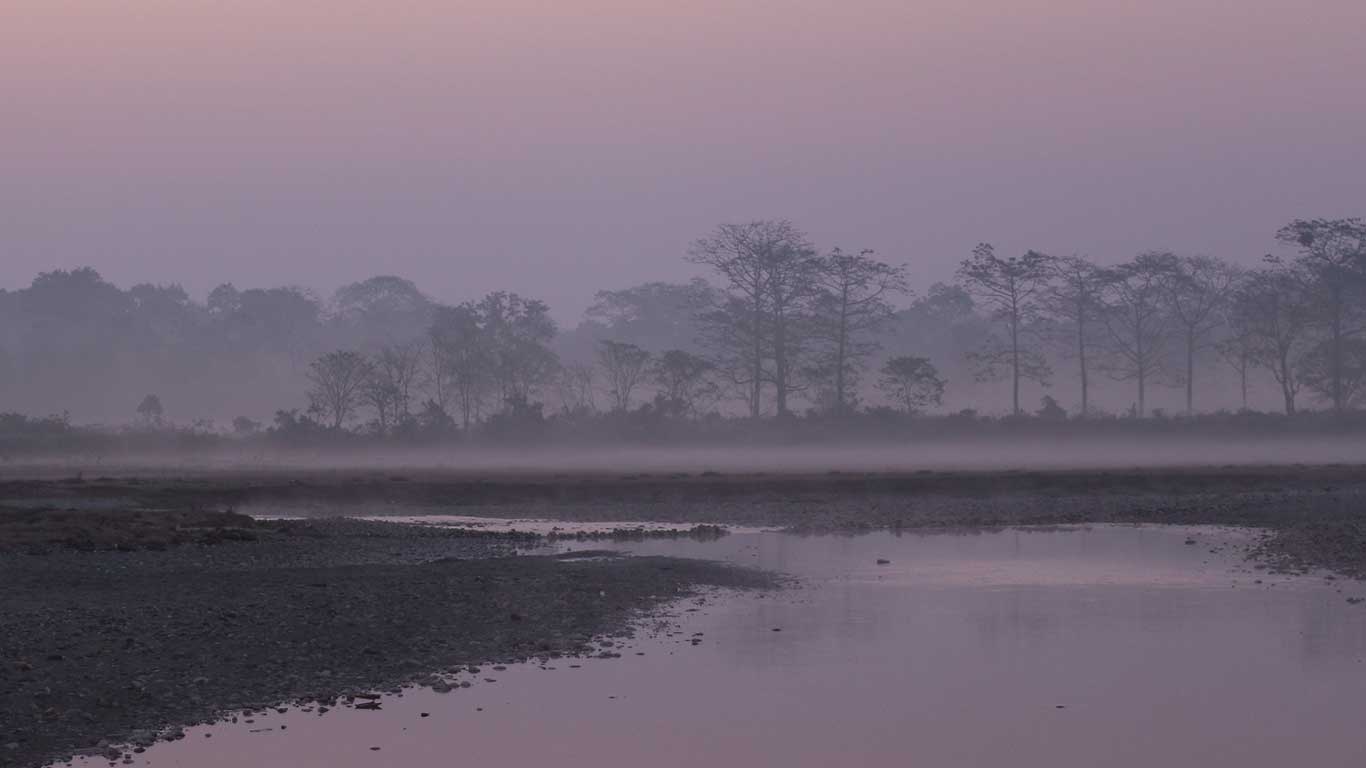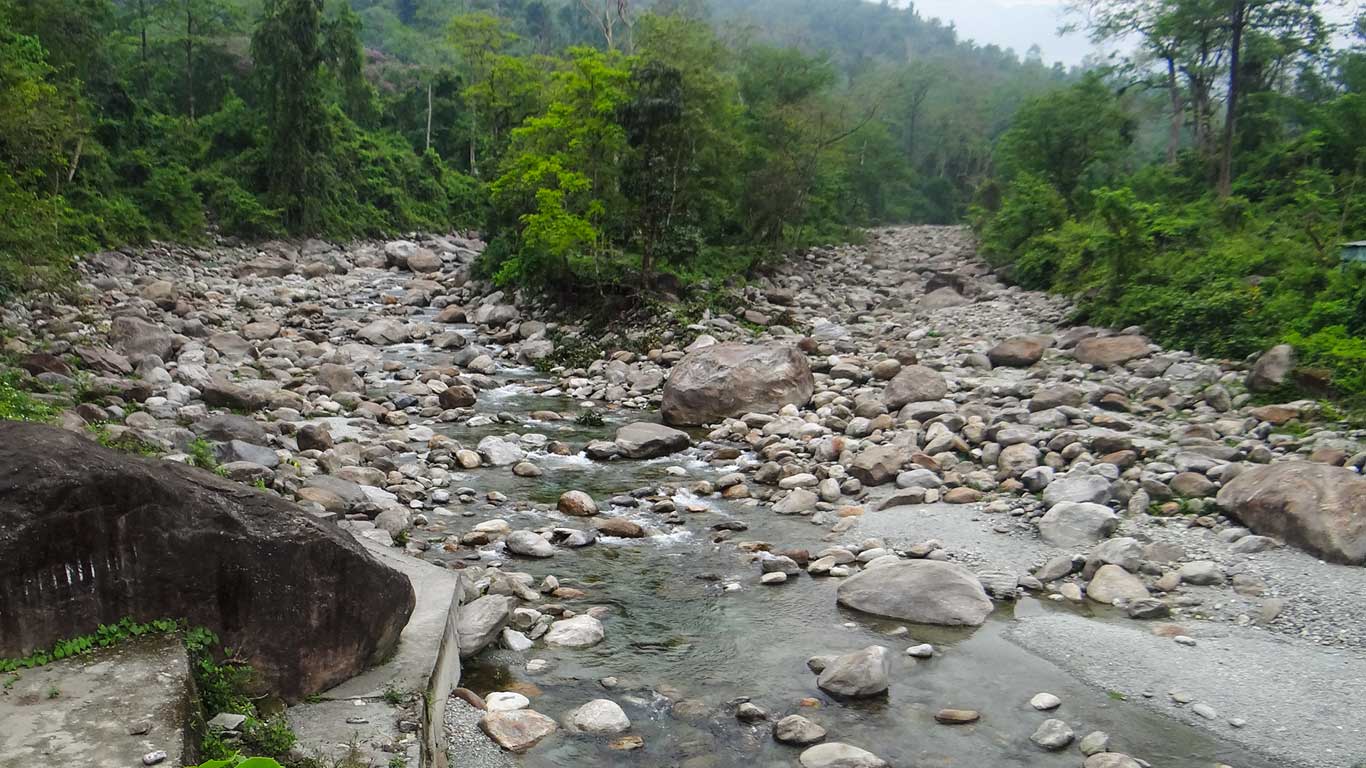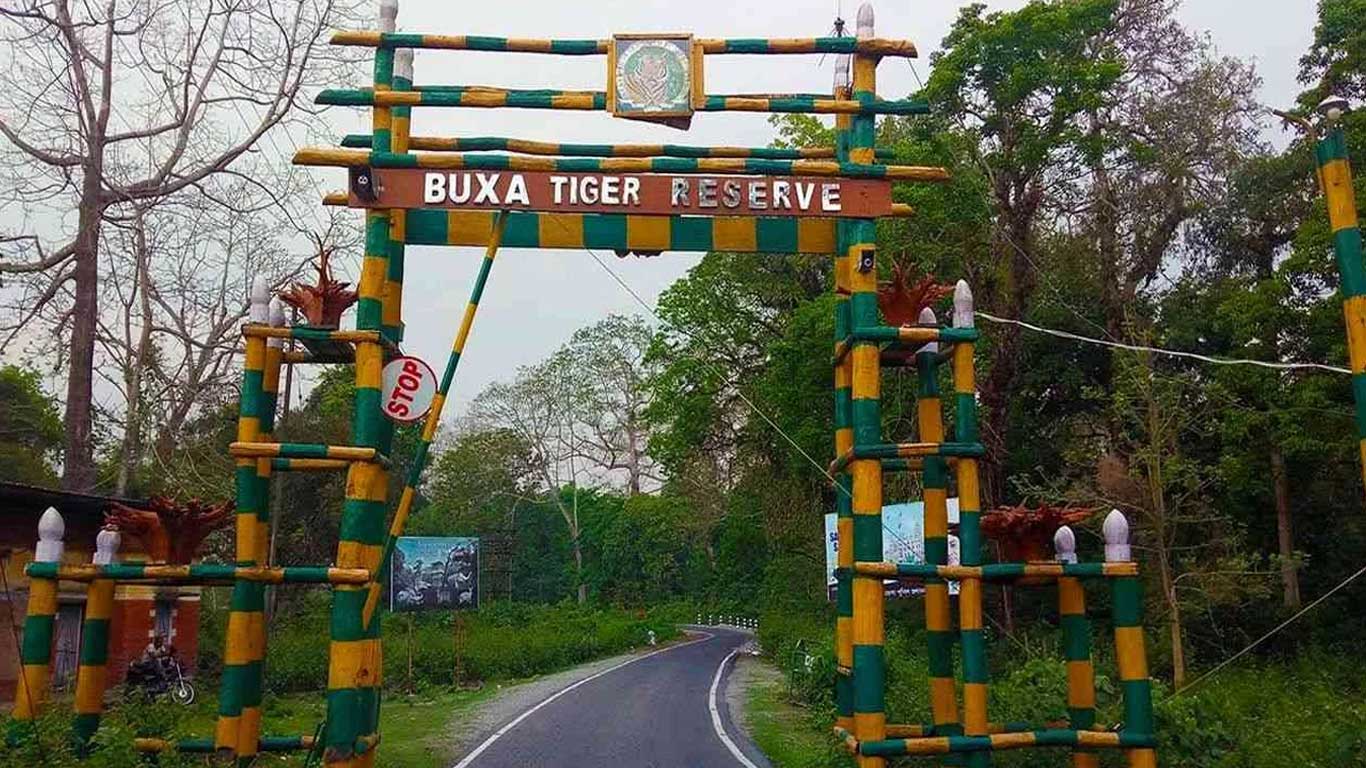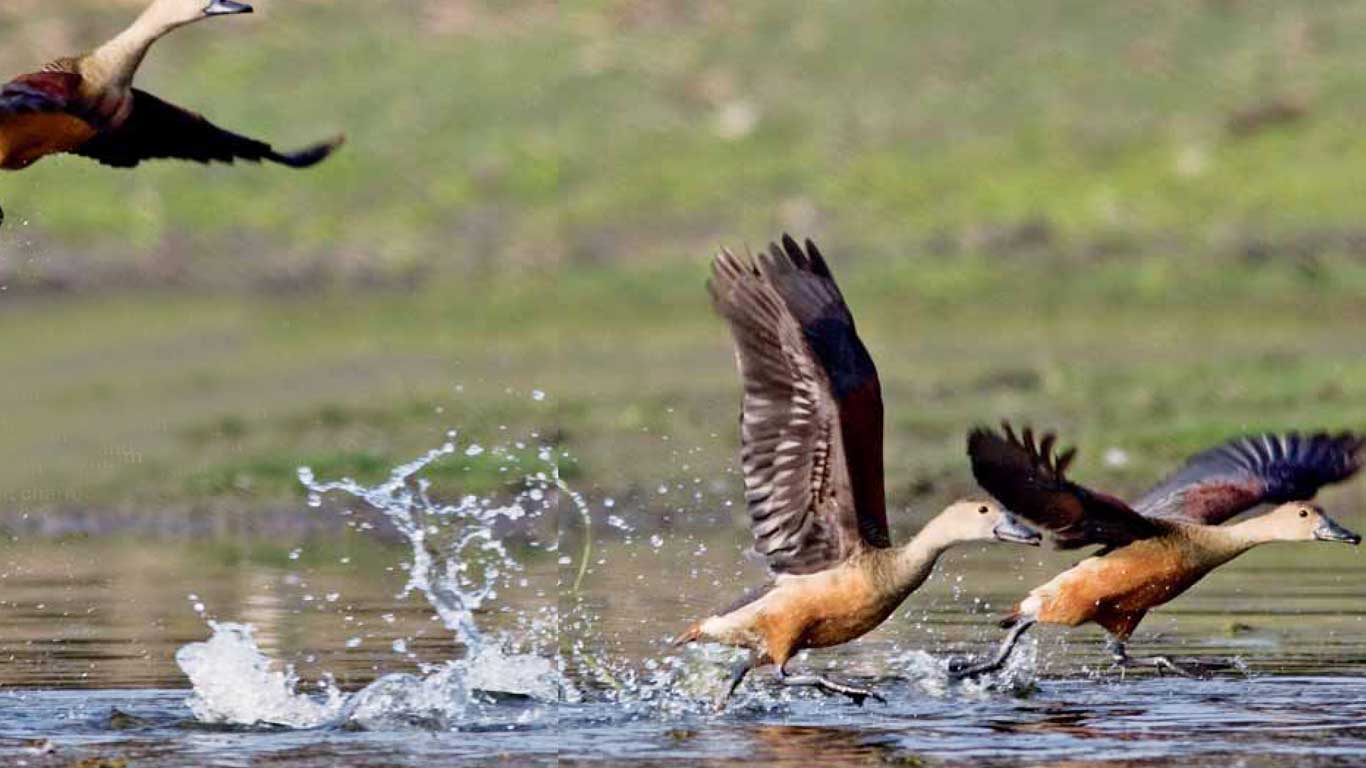Dooars Travel Guide – The Gateway to the Himalayas and Bhutan
A journey through the rolling hill slopes, vast green tea gardens cut by sparkling mountain streams, dense forests of Sal and Teak, quiet tribal villages, and the faraway blue outline of the Eastern Himalayas—this is Dooars. Located in the foothills of the Eastern Himalayas, Dooars is one of India’s most picturesque and biodiverse regions, offering travellers a mix of wildlife, culture, and timeless natural beauty.
Whether you are planning a short holiday from Kolkata, a longer exploration of North Bengal, or a cultural detour en route to Bhutan and the Northeast, Dooars is a destination that always leaves you wanting more.
Location of Dooars
The Dooars (also called Duars) form the floodplains of North Bengal and parts of Assam. Stretching from the Teesta River in the west to the Sankosh River in the east, the region covers nearly 130 km in length and 40 km in width. To the north lies Bhutan, while Bangladesh borders the south. Within West Bengal, Dooars is spread across Jalpaiguri, Alipurduar, and Cooch Behar districts, making it one of the most accessible and diverse tourist regions in the state.
The name “Dooars” comes from the word doors (or Dwar in local languages) since this region has historically served as the gateway between India, Bhutan, and Northeast India. There are said to be 18 such passes or “Dwars,” many of which are still active trade and travel routes connecting India to Bhutan.
Tourism in Dooars
Tourism in Dooars began to flourish in the late 20th century when its forests, rivers, and tribal culture started attracting wildlife lovers, bird watchers, and leisure travellers. Today, it is one of the most popular destinations in North Bengal for both Indian and international tourists.
The key attractions of Dooars are:
-
National Parks & Wildlife Sanctuaries – Gorumara, Jaldapara, Buxa, Chapramari, and Chilapata.
-
Ethnic villages and tea gardens – where visitors can interact with locals, experience authentic lifestyles, and enjoy the scenic greenery.
-
Cultural diversity – a melting pot of Rajbanshis, Nepalis, Adivasis, Bhutanese, and Bengali communities.
-
Adventure & nature trails – from trekking in Buxa to rafting in Teesta and camping by Jayanti.
Organised tourism has now brought better accommodation, safaris, and guided tours, but Dooars still retains its raw, unspoiled charm.
Destinations in Dooars
Dooars can broadly be divided into three parts—Western Dooars, Central Dooars, and Eastern Dooars. Each has its own highlights.
Western Dooars
This is the most popular part of Dooars, with Gorumara National Park being the centrepiece. The park is famous for its one-horned rhinoceros, bison, and elephants. Surrounding destinations like Samsing, Suntalekhola, Jhalong, Bindu, and Chapramari add variety with riverside villages, trekking routes, and birding spots. Western Dooars is ideal for first-time visitors.
Central Dooars
Central Dooars is dominated by Jaldapara National Park, one of the oldest and most famous wildlife reserves in the region. It is best known for elephant safaris and sightings of the Indian one-horned rhinoceros. Inside the forest lies the famous Holong Bungalow, a historic lodge that has hosted travellers and dignitaries for decades. Close to Jaldapara is the Chilapata Forest, which has grown in popularity due to its dense vegetation and wildlife. The Indo-Bhutan border town of Phuentsholing, the entry point into Bhutan, is also located here.
Eastern Dooars
The largest forests of Dooars are found in the east, in the Buxa Tiger Reserve. This area is less crowded and more adventurous, with attractions like Raimatang, Buxa Fort, Jayanti, and Lepchakha village. The Jayanti River, with its stony bed and the backdrop of the Bhutan hills, is a particularly scenic spot. Eastern Dooars also connects to Cooch Behar, where the magnificent Cooch Behar Palace and royal heritage add another layer of interest.
People and Culture of Dooars
Dooars is a cultural mosaic where different communities live side by side. The earliest settlers were the Mech, Rava, and other tribal groups who lived in harmony with the forests. Later, the Rajbanshis (Kamtapuris) established their rule, and the princely state of Cooch Behar became a political and cultural hub.
With the growth of tea plantations, migrant workers and tribals from Jharkhand, Bihar, and other regions arrived, adding further diversity. The proximity to Bhutan and Nepal brought Drukpa Bhutanese and Nepali communities into the fold. Today, the region is home to Bengalis, Marwaris, Biharis, and many others, making it a vibrant cultural mix.
Festivals in Dooars are celebrated with great enthusiasm, from Durga Puja and Diwali to ethnic celebrations like Karam Puja and Magh Bihu. Visitors often get to witness tribal dances, local music, and folk traditions during their stay.
Planning Your Tour of Dooars
Best Time to Visit
The best time to visit Dooars is from October to March, when the weather is cool and dry, and the forests are open for safaris. Monsoons (June–September) bring heavy rain, and many forests remain closed, though the greenery is at its most intense during this time. April–May is warm but good for wildlife sightings.
Duration of Stay
-
Weekend Trips (2–3 days): Ideal for a single location like Gorumara or Jaldapara.
-
Short Tours (5–7 days): Can cover Western, Central, and parts of Eastern Dooars.
-
Extended Tours (10+ days): Allow deeper exploration of tea gardens, villages, and hidden destinations like Raimatang or Lepchakha.
Who Should Visit
-
Nature Lovers & Wildlife Enthusiasts – safaris, birdwatching, and forest stays.
-
Families & Leisure Travellers – tea garden resorts, cultural tours, and scenic drives.
-
Adventure Seekers – trekking in Buxa, rafting in Teesta, or hiking in the Bhutan foothills.
Travel to Dooars
-
By Air: The nearest airport is Bagdogra Airport (IXB) near Siliguri, about 80 km from Western Dooars.
-
By Rail: The region is well connected through major railway stations like New Jalpaiguri (NJP), Hasimara, Alipurduar Junction, and New Cooch Behar.
-
By Road: National Highway 31 (NH 31) and state highways connect Dooars to Siliguri, Kolkata, Assam, and Bhutan.
Why Travel with NBTT Travel Solution Pvt Ltd
Planning a Dooars tour can be overwhelming because of the sheer variety of destinations and safaris. Our team at NBTT Travel Solution Pvt Ltd has been operating tours across North Bengal and Northeast India for over two decades. We specialise in:
-
Customised wildlife and cultural tours
-
Booking forest lodges, tea garden stays, and boutique resorts
-
Safari and trekking arrangements with expert naturalists
-
Bhutan and Sikkim extensions, along with Dooars itineraries
Call us at +91 9733300696 and we will help you design a Dooars holiday that matches your interests, duration, and budget
East Himalaya
-
Address:NBTT Travel Solution Private Limited, 19, MN Sarkar Road, Sevoke More Siliguri, State : West Bengal, Country : India. PIN : 734001
-
Call Us at:
+91-9733000592 -
Mail Us:
info@east-himalaya.com

